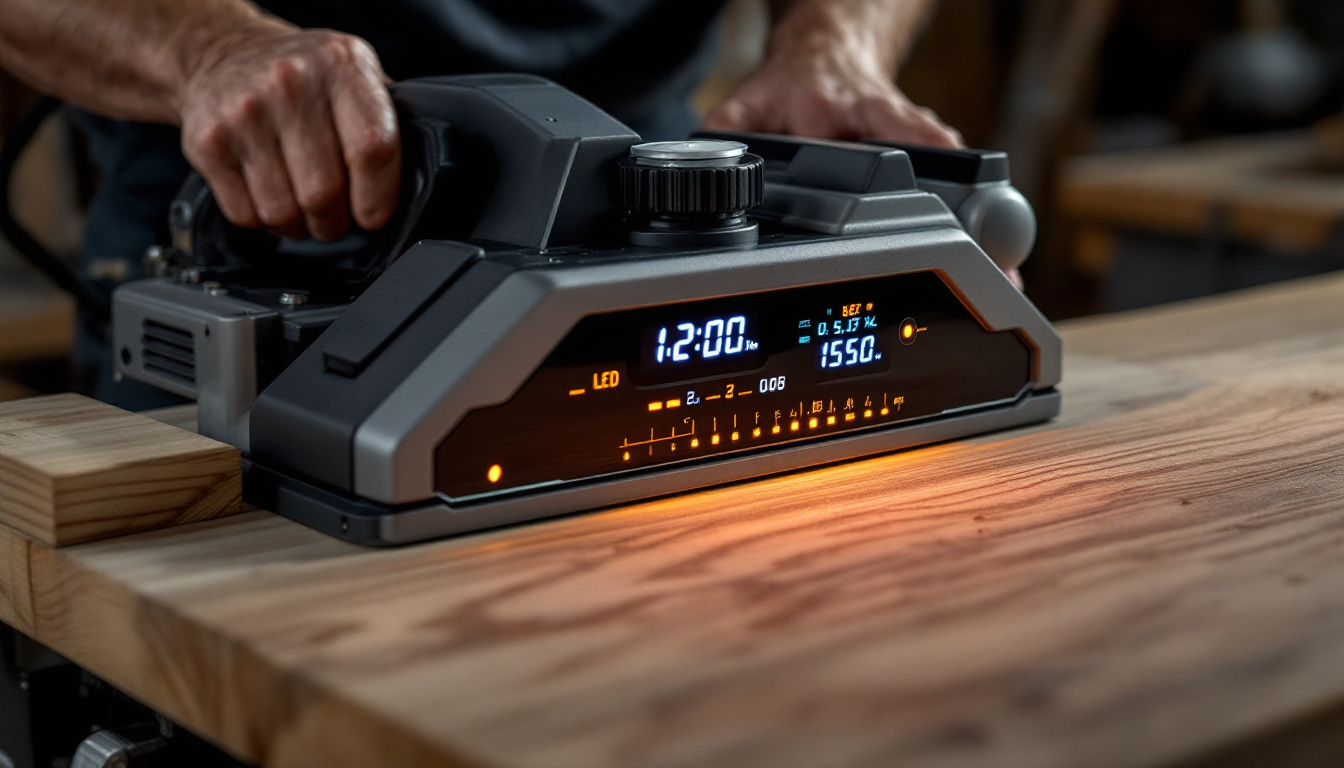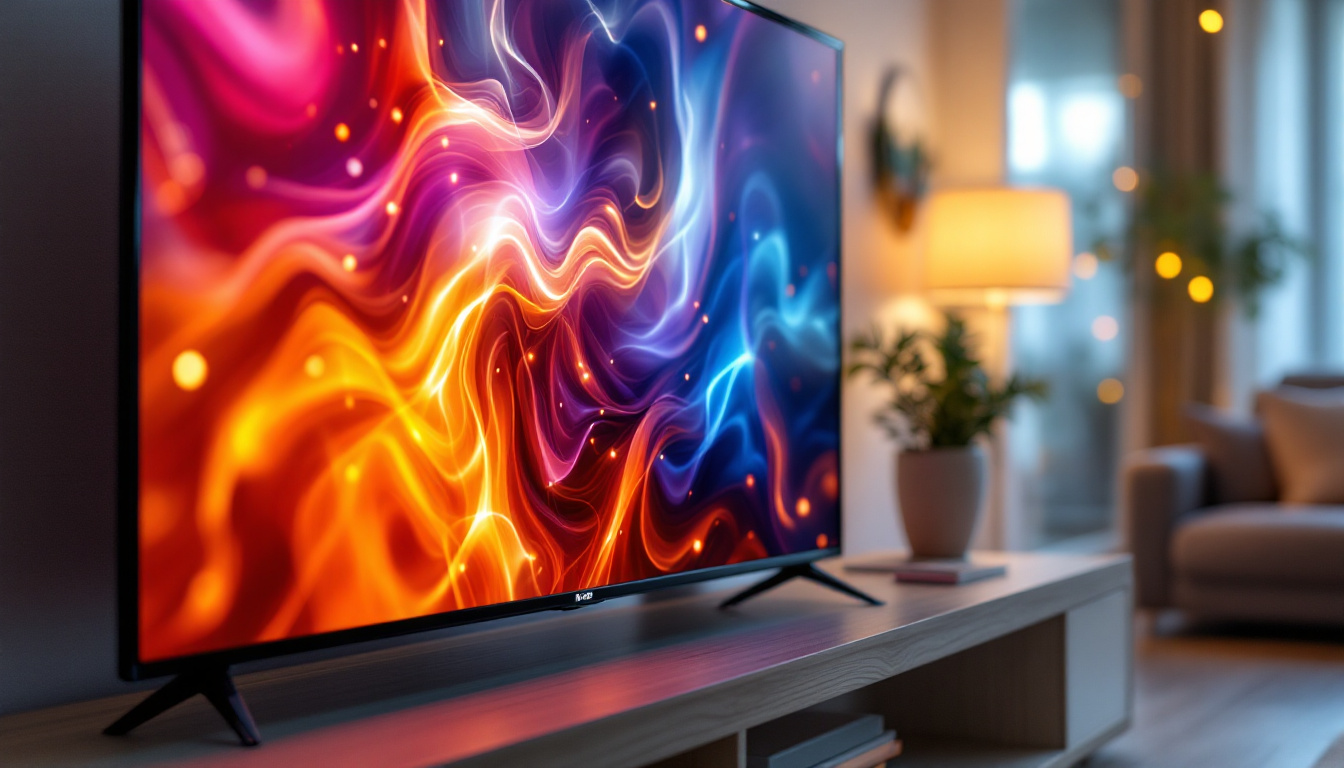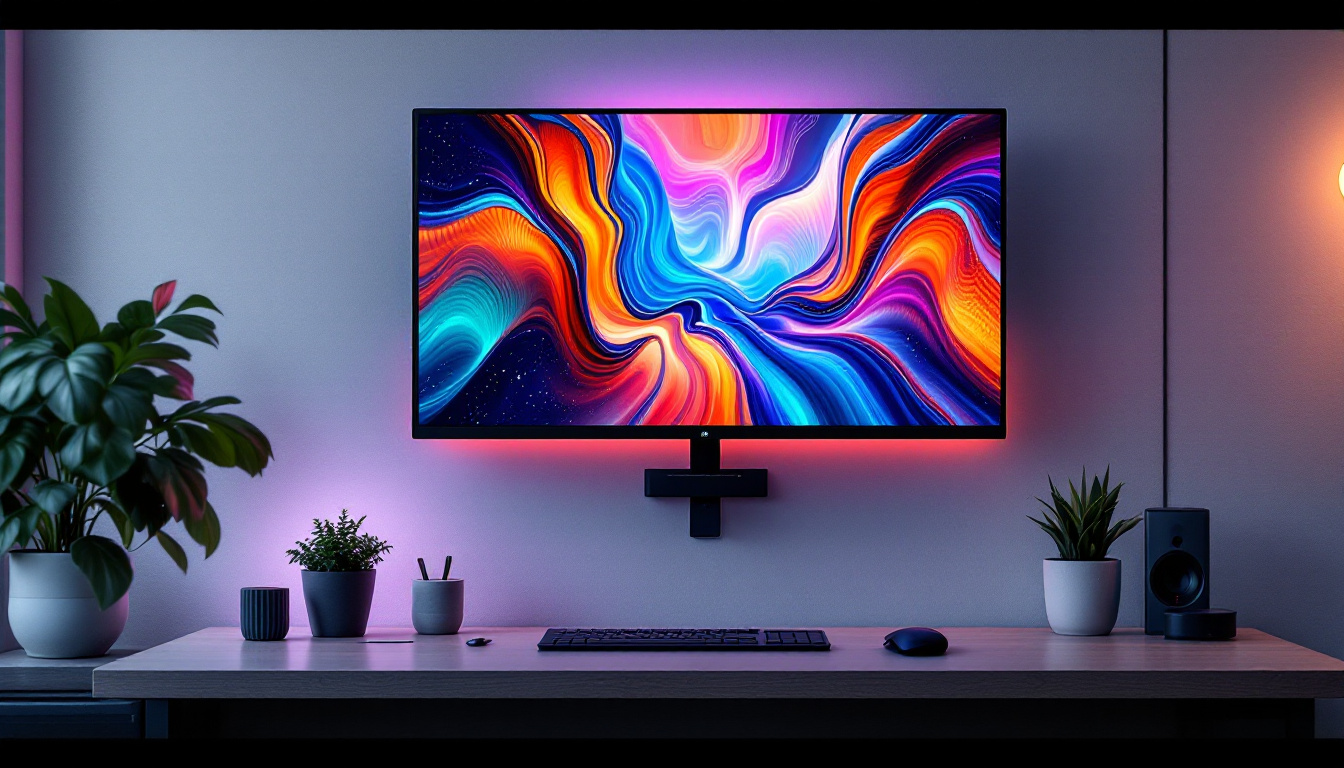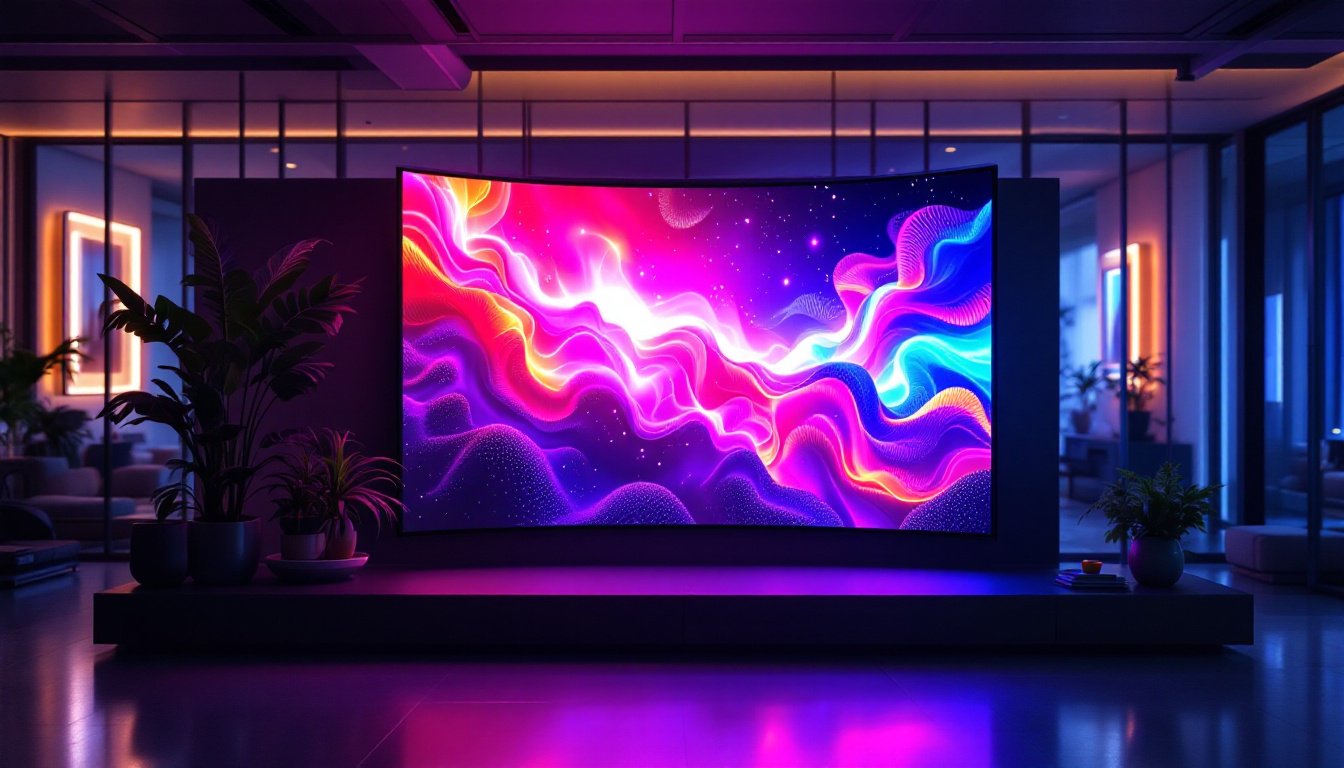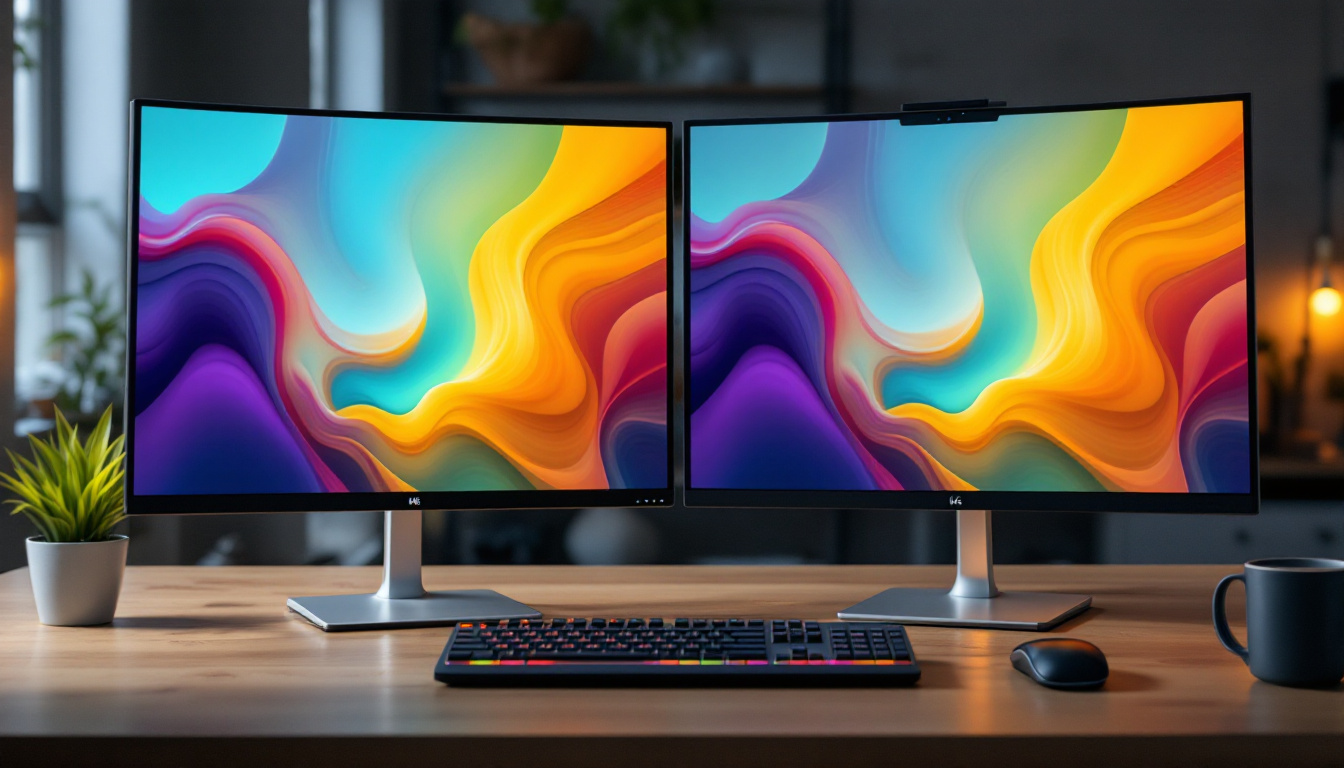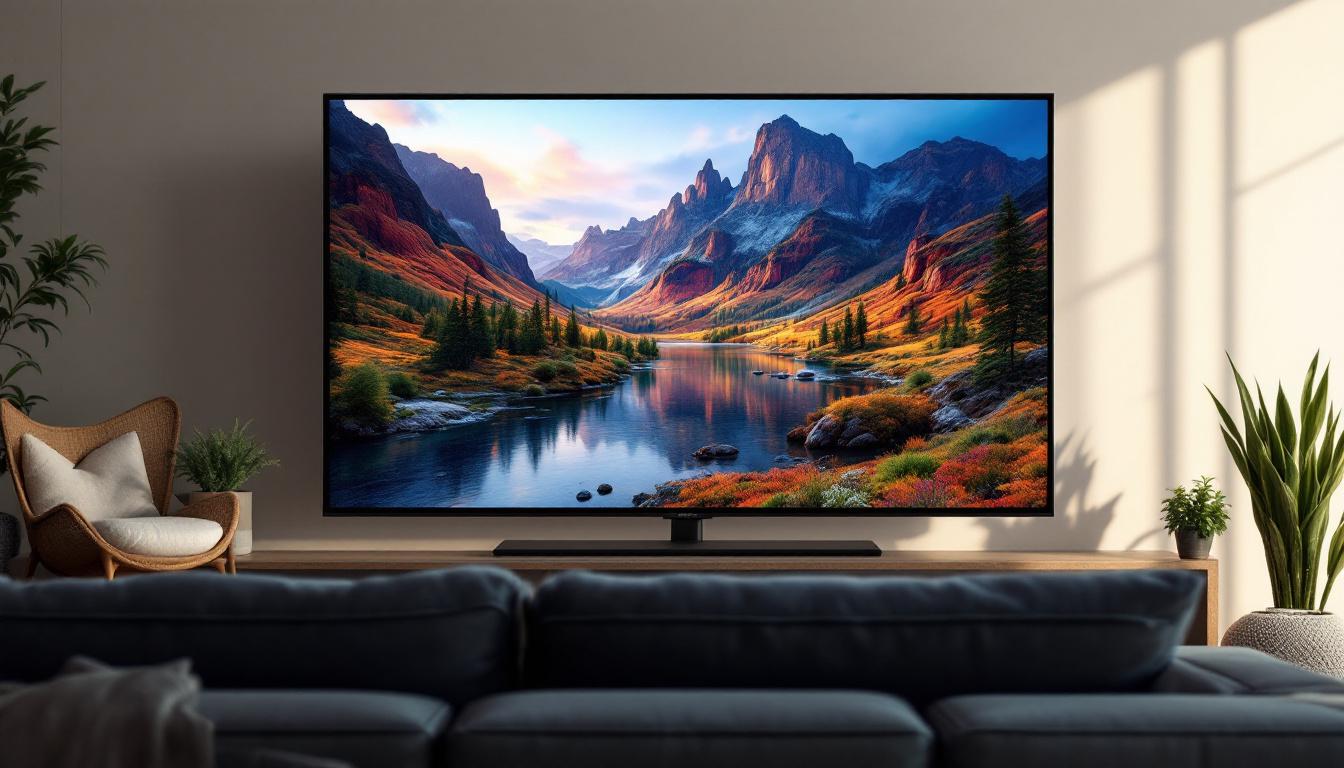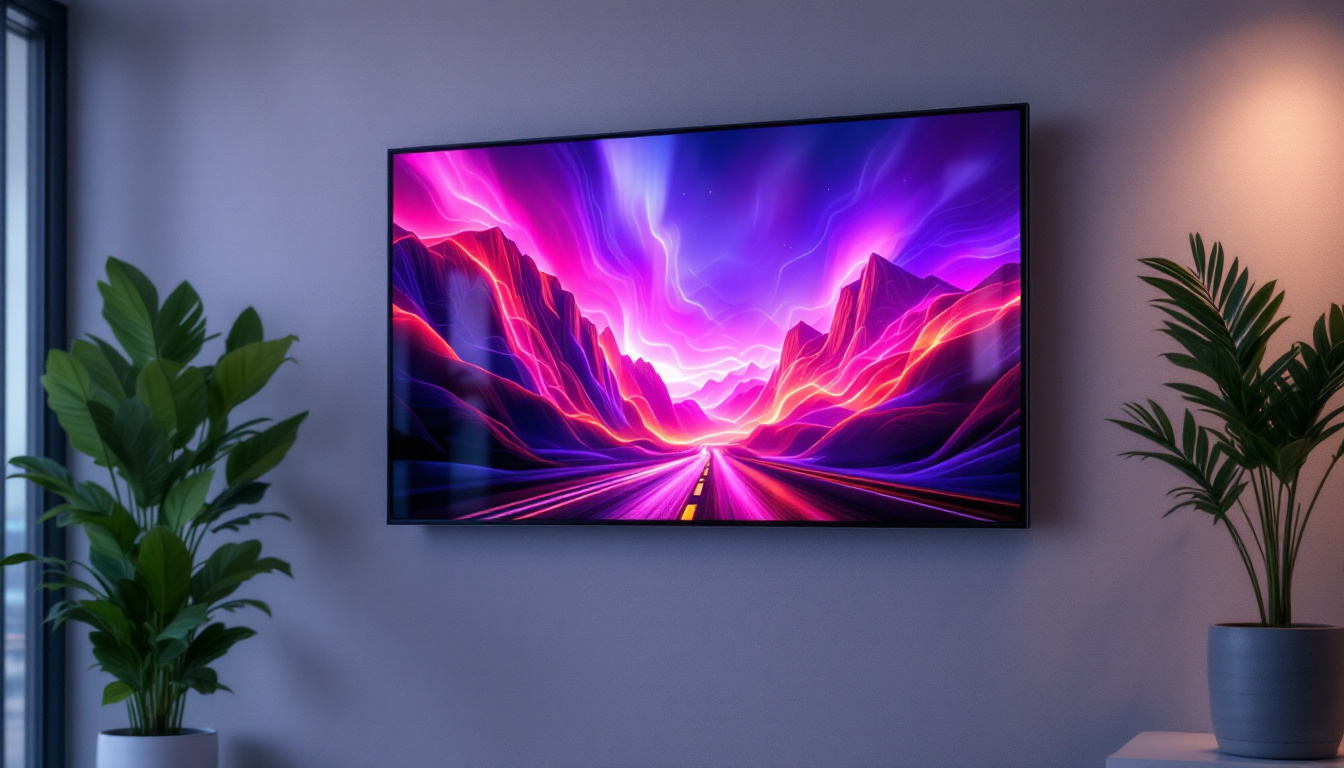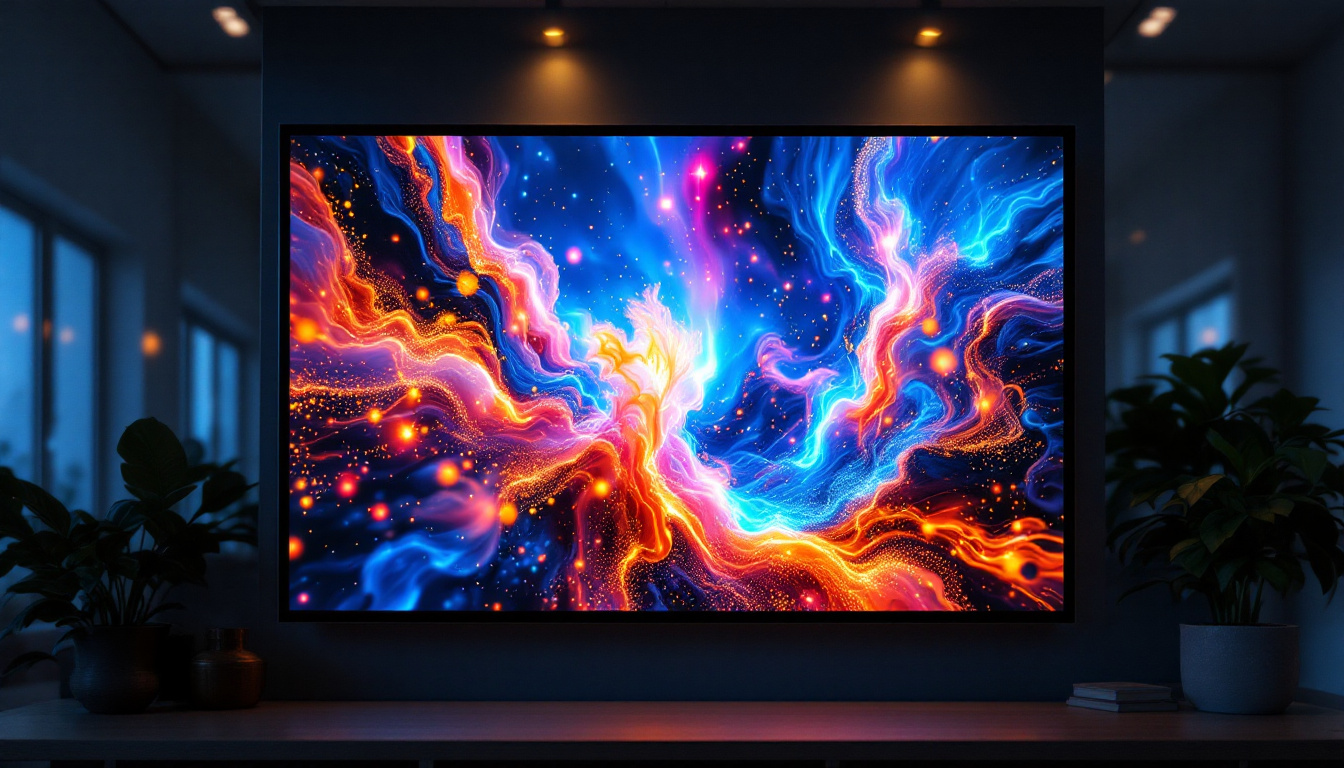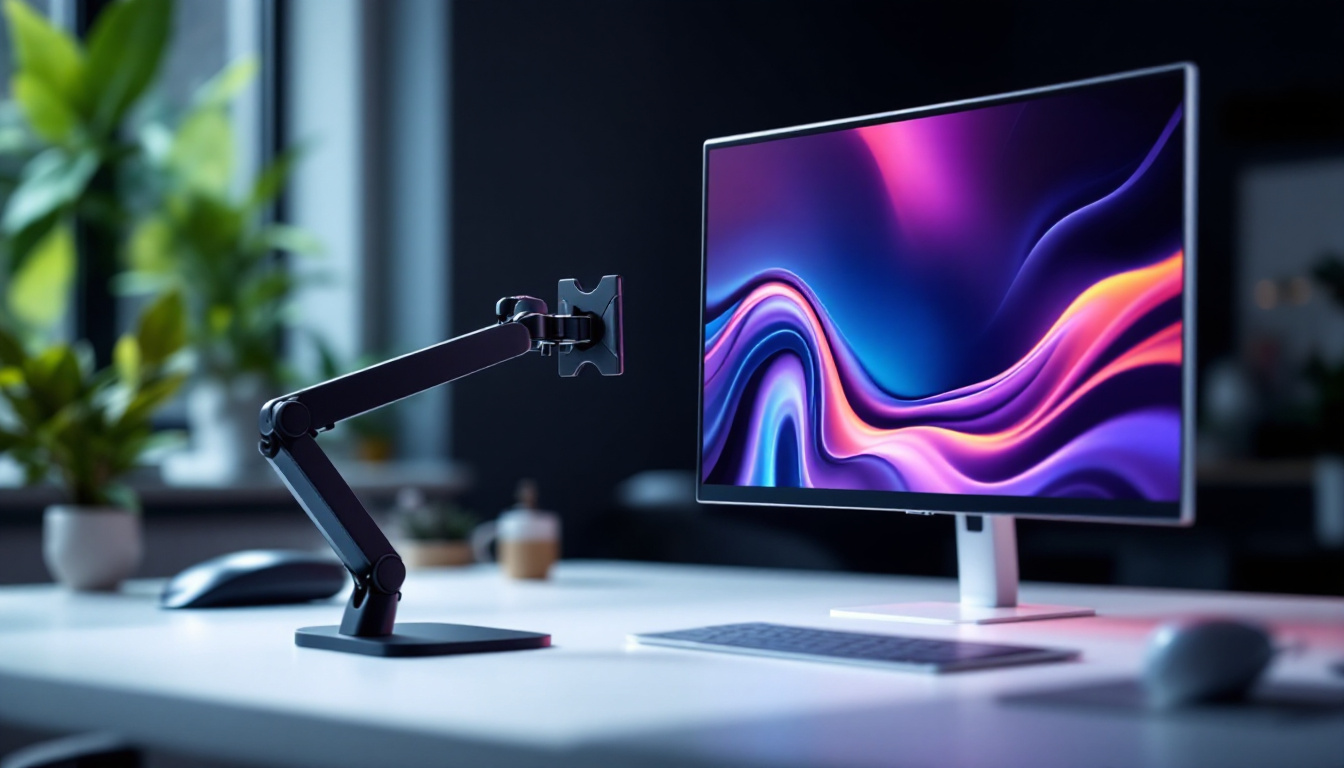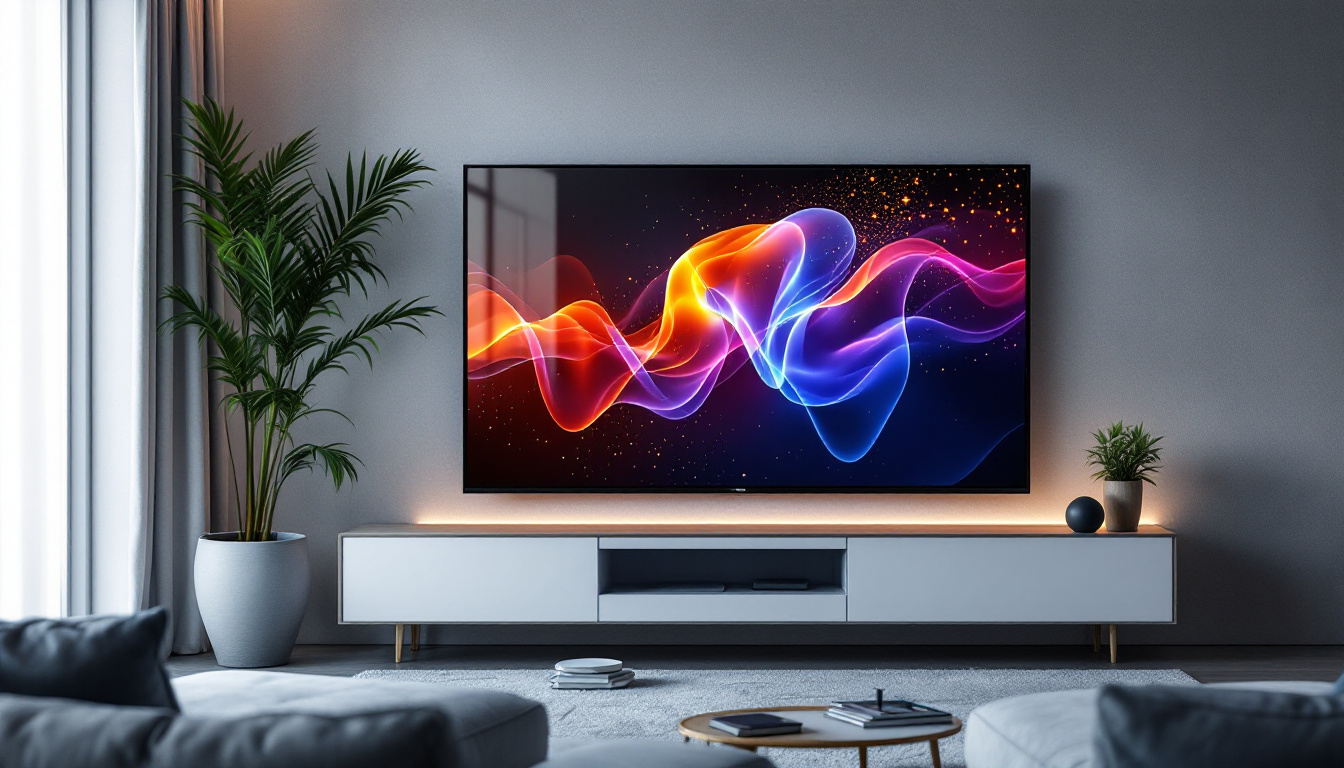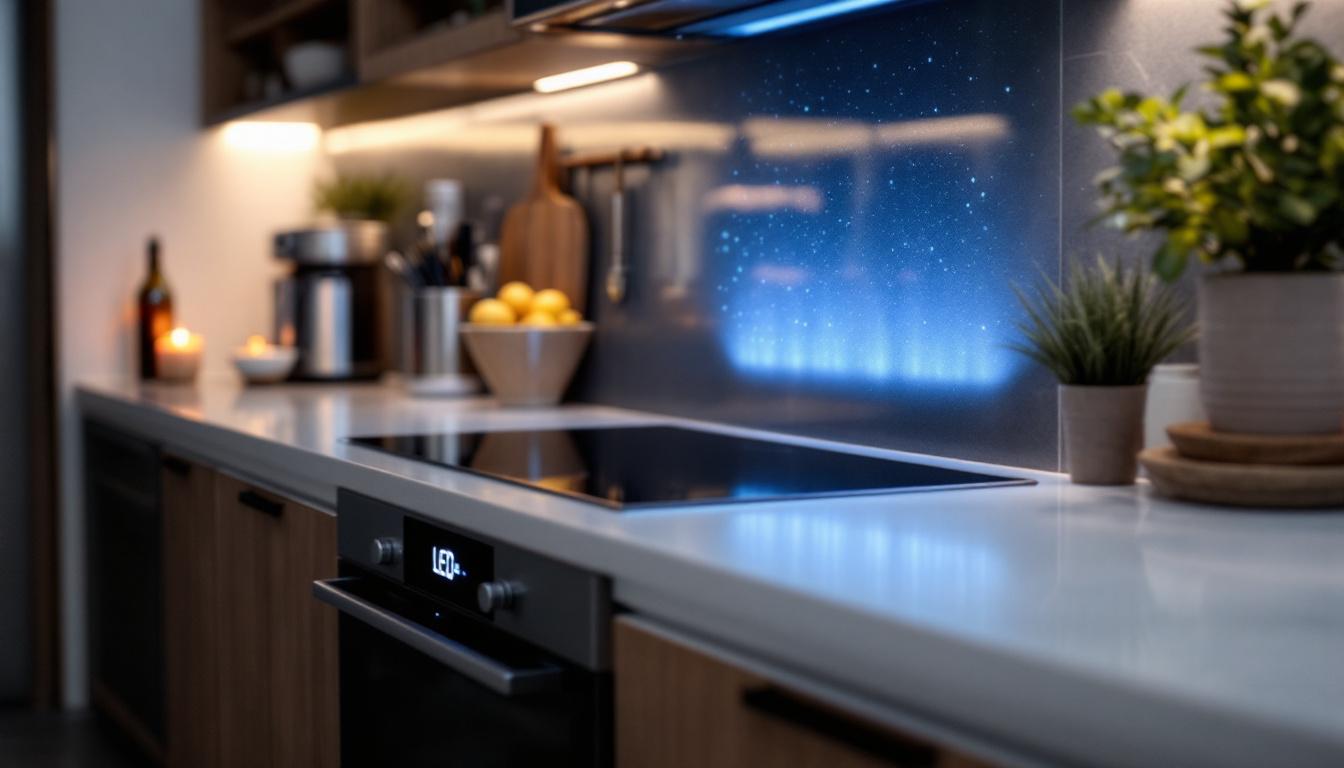The double sided planer is an essential tool in woodworking, providing efficiency and precision in shaping and smoothing wood surfaces. With the advancement of technology, many modern planers now feature LED displays, enhancing user experience and functionality. This article delves into the intricacies of double sided planers, focusing on the benefits and functionalities of LED displays.
Understanding Double Sided Planers
Double sided planers are designed to simultaneously plane both sides of a workpiece, significantly reducing the time and effort required to achieve a smooth finish. These machines are particularly beneficial in high-volume production settings, where efficiency is paramount. By streamlining the planing process, they allow woodworkers to focus on other aspects of their projects, such as design and assembly, rather than spending excessive time on surface preparation.
The dual-sided capability allows for consistent thickness and flatness, which is crucial for various woodworking projects. Unlike single-sided planers, double sided planers can handle larger pieces of wood, making them ideal for professional woodworkers and manufacturers. This capability not only enhances productivity but also ensures that the final products meet stringent quality standards, which is essential in competitive markets.
Key Features of Double Sided Planers
One of the standout features of double sided planers is their ability to accommodate different wood types and sizes. This versatility is complemented by adjustable settings, which allow users to customize the planing depth and speed according to their specific needs. Whether working with softwoods like pine or hardwoods such as oak, these machines can be fine-tuned to achieve optimal results, ensuring that the unique characteristics of each wood type are preserved.
Additionally, many modern models come equipped with advanced blade systems that enhance cutting performance and reduce wear. This not only prolongs the life of the blades but also ensures a cleaner cut, resulting in less sanding and finishing work post-planing. Some models even feature helical or spiral cutter heads, which provide a smoother finish and lower noise levels during operation, making them a favorite among woodworkers who prioritize both quality and comfort in their workspace.
Applications in Woodworking
Double sided planers are widely used in various woodworking applications, from furniture making to cabinetry. Their ability to produce uniform thickness makes them invaluable for creating components that fit together seamlessly. In the realm of custom furniture design, for instance, the precision offered by these planers allows artisans to craft intricate pieces that require exact dimensions, enhancing both functionality and aesthetic appeal.
Moreover, these planers are often employed in the production of laminated products, where multiple layers of wood are glued together. The precision offered by double sided planers ensures that each layer is perfectly flat, which is critical for the integrity of the final product. This is particularly important in applications such as countertops and tabletops, where uneven surfaces can lead to structural weaknesses or aesthetic flaws. Additionally, the ability to work with thicker stock opens up possibilities for creating unique designs and features that stand out in any woodworking project.
Furthermore, double sided planers play a significant role in the production of engineered wood products, such as plywood and MDF. These materials often require precise thickness and smooth surfaces to ensure proper bonding and finishing. The efficiency of double sided planers not only speeds up the manufacturing process but also contributes to the overall quality of the engineered products, making them a staple in both small workshops and large-scale manufacturing facilities.
The Role of LED Displays
LED displays have revolutionized the way users interact with double sided planers. These digital interfaces provide real-time feedback and enhance the overall usability of the machine. By integrating LED technology, manufacturers have made it easier for woodworkers to achieve precise results.
LED displays typically show important information such as planing depth, feed rate, and operational status. This data is crucial for maintaining consistency and quality in woodworking projects, as even minor adjustments can significantly impact the final outcome. Furthermore, the ability to monitor these parameters in real-time allows woodworkers to make informed decisions on the fly, adapting their techniques to suit the specific demands of each project.
Advantages of LED Displays
One of the primary advantages of LED displays is their clarity and visibility. Unlike traditional analog gauges, LED screens are easy to read, even in low-light conditions. This feature is particularly beneficial in workshop environments where lighting may not always be optimal. The bright, vibrant colors of LED technology also help to differentiate between various settings and alerts, ensuring that users can quickly identify critical information at a glance.
Additionally, LED displays often come with intuitive interfaces that simplify the operation of the planer. Users can quickly adjust settings with just a few taps, allowing for a more streamlined workflow. This ease of use can be especially advantageous for novice woodworkers who may not be familiar with the intricacies of planing machines. Moreover, the interactive nature of these displays can encourage users to experiment with different settings and techniques, fostering a deeper understanding of the machine’s capabilities and enhancing their overall woodworking skills.
Real-Time Monitoring and Alerts
Many modern double sided planers with LED displays include real-time monitoring capabilities. This means that users can receive immediate feedback on the machine’s performance, allowing for quick adjustments if necessary. For instance, if the planer detects an issue with the feed rate or blade performance, it can alert the user through visual indicators on the display. This proactive approach to machine management not only helps in preventing potential mishaps but also instills confidence in users as they work.
This feature not only enhances safety but also minimizes the risk of damage to the workpiece or the machine itself. By addressing potential problems promptly, woodworkers can maintain a high level of productivity without compromising quality. Furthermore, many advanced LED displays are equipped with diagnostic tools that can provide insights into the machine’s maintenance needs, helping users to schedule upkeep and repairs before they become critical. This foresight can extend the lifespan of the planer and ensure that it operates at peak efficiency, ultimately leading to better results in woodworking projects.
Choosing the Right Double Sided Planer
When selecting a double sided planer, several factors should be considered to ensure that it meets the specific needs of the user. The size of the planer, the power of the motor, and the quality of the blades are all critical components that can influence performance.
Additionally, the presence of an LED display can be a deciding factor for many woodworkers. A high-quality display can significantly enhance the user experience, making it easier to achieve precise results.
Size and Capacity
The size and capacity of a double sided planer are essential considerations. Larger planers can handle bigger workpieces, but they may also require more space in the workshop. Conversely, smaller models are more compact and portable, making them suitable for hobbyists or those with limited workspace.
It’s important to assess the types of projects that will be undertaken. For larger commercial projects, investing in a high-capacity planer may be worthwhile, while smaller projects may only require a more compact model.
Motor Power and Blade Quality
The power of the motor is another critical factor that affects the performance of a double sided planer. A more powerful motor can handle denser woods and larger cuts, providing a smoother finish. However, it’s essential to balance power with energy efficiency, especially for those who plan to use the planer frequently.
Blade quality is equally important, as high-quality blades will produce cleaner cuts and require less frequent replacement. Many manufacturers offer various blade options, so it’s advisable to choose a model that allows for easy blade changes and upgrades.
Maintenance and Care
Proper maintenance is crucial for ensuring the longevity and performance of a double sided planer. Regular cleaning, blade sharpening, and lubrication are essential tasks that should not be overlooked.
Additionally, users should familiarize themselves with the manufacturer’s guidelines for maintenance. Following these recommendations can help prevent common issues and extend the life of the machine.
Cleaning and Lubrication
Keeping the planer clean is vital for optimal performance. Dust and debris can accumulate in the machine, affecting its efficiency and potentially leading to malfunctions. Regularly cleaning the exterior and interior components helps maintain a smooth operation.
Lubrication is another critical aspect of maintenance. Ensuring that moving parts are adequately lubricated can reduce friction and wear, which is essential for the longevity of the machine. Users should consult the manufacturer’s instructions for the appropriate lubrication schedule and products.
Blade Maintenance
Blades are perhaps the most crucial component of a double sided planer, and their maintenance should be a priority. Regularly checking for dullness or damage is essential, as worn blades can lead to poor performance and uneven cuts.
Sharpening blades can be done using specialized tools or by sending them to a professional service. It’s important to follow the correct procedures to avoid damaging the blades and ensure they maintain their cutting edge.
Conclusion
The double sided planer, especially those equipped with LED displays, represents a significant advancement in woodworking technology. These machines not only enhance productivity but also improve the quality of the finished product. By understanding the features and benefits of double sided planers, woodworkers can make informed decisions that will elevate their craft.
As technology continues to evolve, the integration of LED displays in woodworking tools is likely to become more prevalent. Embracing these innovations can lead to greater efficiency, precision, and ultimately, satisfaction in woodworking projects.
Enhance Your Woodworking with LumenMatrix LED Displays
Ready to take your woodworking projects to the next level? Discover the unparalleled clarity and advanced features of LumenMatrix LED display solutions. Whether you need an Indoor LED Wall Display for detailed work, an Outdoor LED Wall Display for durability, or any of our specialized options like Vehicle, Sports, or Floor LED Displays, LumenMatrix has the technology to revolutionize your workspace. Elevate your craft with our Custom, All-in-One, or Transparent LED Displays, designed to enhance engagement and bring your woodworking to life. Check out LumenMatrix LED Display Solutions today and experience the future of visual communication in your workshop.

